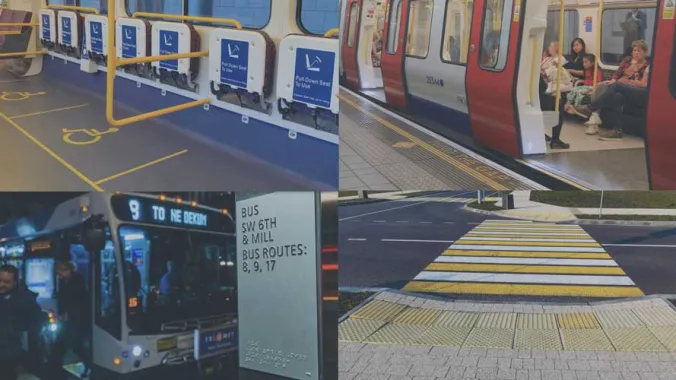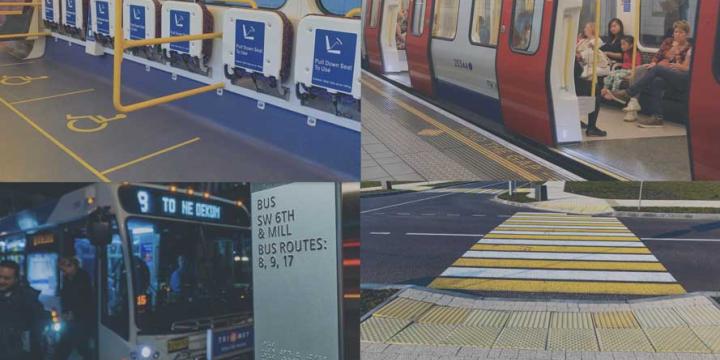Course Info
8 video lessons (46 Mins)
Published
2021-
4.37
Preview Course
Browse Course Chapters
-
1.Introduction
2 mins
-
2.Social Relations and the Built Enviornment
4 mins
-
3.How Disabilities Were Viewed in the Past
4 mins
-
4.The Social Model and the Built Enviornment
7 mins
-
5.Universal Design
11 mins
-
6.Planning for Universal Design
6 mins
-
7.Case Study: Portland Transit Mall
5 mins
-
8.Case Study: London
3 mins
What You Will Learn
- Understand how the rights of the disabled are linked to their access to the built environment.
- Understand the historical evolution of disability rights in the West.
- Understand different perspectives on the nature of disability.
- Identify significant policies related to accessibility in the built environment.
- Familiarity with the principles of Universal Design.
- Introduction to successful examples of Universal Design.
- Examples of tools and instruments used to promote Universal Design.
Course Description
Universal Design stresses the development of a built environment that is inclusive and welcoming for all, including those with physical disabilities. The central tenet of Universal Design is that the needs of those with disabilities and physical limitations should be incorporated into the main features of the built environment, and not as an afterthought to meet the minimum requirements to comply with the American with Disabilities Act (ADA). In this way Universal Design differs from ADA-compliant design. Accessibility is not met by including accessible side entrances or makeshift adaptations. Rather, accessibility is incorporated into the core of the built environment.
This course introduces planners to the concept of Universal Design and the planning tools that can be implemented to achieve a built environment accessible to everyone. The course will also describe the important psychosocial benefits of Universal Design vis-à-vis complying with the ADA.
At the end of this course, you will be familiar with the tenets of Universal Design and how it differs from Americans with Disabilities Act (ADA) compliance. You'll also be able to identify tools for implementing Universal Design in planning regulations.
Learn these skills
- Accessibility
- Equity
- Housing
- Land Use
- Law and Policy
- Pedestrian Planning
- Public Health
- Transportation
- Urban Design
- Walkability
- Zoning Codes
AICP CM
This course is approved for .75 AICP CM credit.



























